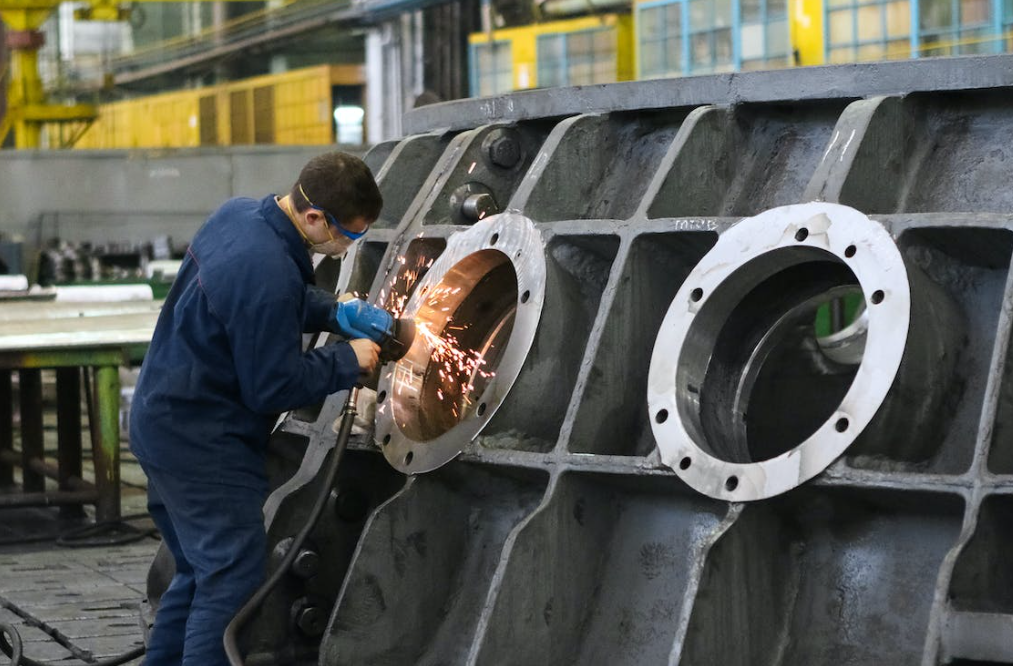Automotive, Steel, and Manufacturing Sectors Brace for Impact as U.S. Tariffs Loom
As U.S. President Donald Trump’s latest tariff measures approach implementation, several cities in Ontario are preparing for severe economic repercussions, particularly in automotive, steel, and manufacturing industries. A new study by the Canadian Chamber of Commerce has identified Windsor, Kitchener, Brantford, Guelph, and Hamilton among the most vulnerable cities in Canada, with Windsor ranking as the hardest-hit city in Ontario.
Trump’s 25% tariff on steel and aluminum imports, set to take effect on March 12, is expected to disrupt billions of dollars in trade, with further across-the-board 25% tariffs on Canadian imports still looming.
Which Ontario Cities Will Be Hit the Hardest?
According to the Canadian Chamber of Commerce’s Tariff Exposure Index, these five Ontario cities rank among the most vulnerable in Canada:
- Windsor (3rd in Canada, 61.7% tariff exposure index)
- Home to major Ford and Stellantis assembly plants, Windsor’s economy is deeply tied to the U.S. auto industry.
- The Ambassador Bridge, a critical trade corridor, sees constant two-way trade with Michigan.
- Kitchener-Waterloo-Cambridge (4th, 43%)
- Known for auto parts production, advanced manufacturing, and agricultural exports.
- Brantford (5th, 27.8%)
- A major agricultural export hub, Brantford faces risks if U.S. tariffs impact food production and trade.
- Guelph (6th, 24%)
- Auto parts manufacturing and high-tech industries in Guelph heavily rely on U.S. trade.
- Hamilton (8th, 19.8%)
- A major steel production hub, home to ArcelorMittal Dofasco and Stelco.
- Steel exports are vital to construction, automotive, and other industrial sectors in North America.
Other Ontario cities facing significant risk include Thunder Bay (13th, 11.2%), Oshawa (14th, 11%), and Belleville (11th, 14.4%).
With 68.3% of automotive manufacturing jobs dependent on U.S. demand, Trump’s tariffs could trigger layoffs and factory closures, especially in southern Ontario. The hardest-hit regions for auto workers include:
- Toronto (27.7%)
- Kitchener-Waterloo-Barrie (19.8%)
- Windsor-Sarnia (14.8%)
Windsor-Sarnia alone accounts for 38.3% of employment in the industry, making it particularly vulnerable to supply chain disruptions.
Despite pausing his 25% tariff on all Canadian imports, Trump signed an executive order on Monday to impose 25% duties on steel and aluminum, a move that could be compounded by additional future levies.
The Canadian Steel Producers Association warns that these tariffs will impact $20 billion in steel trade between the U.S. and Canada, with 40% of Canada’s steel imports coming from the U.S. Ontario, as Canada’s second-largest primary metal manufacturer, will bear the brunt of these economic shifts.
In a bid to avert economic disaster, Ontario Premier Doug Ford made an appeal to American business leaders in Washington, D.C., urging them to pressure Trump’s administration.
“Let’s stick together and please get the message to President Trump – this is not a good idea for both countries.” — Doug Ford at the U.S. Chamber of Commerce
With Trump’s tariff policies still evolving, the March 12 steel and aluminum deadline could be a test of how aggressively the U.S. proceeds with broader trade restrictions. Ontario’s leadership and business community are working to mitigate the fallout, but unless trade negotiations take a different course, the province could face significant job losses and economic slowdowns.
For now, affected industries are urging both Canadian and U.S. policymakers to reconsider these tariffs, citing mutual economic damage and the risk of supply chain instability across North America.

